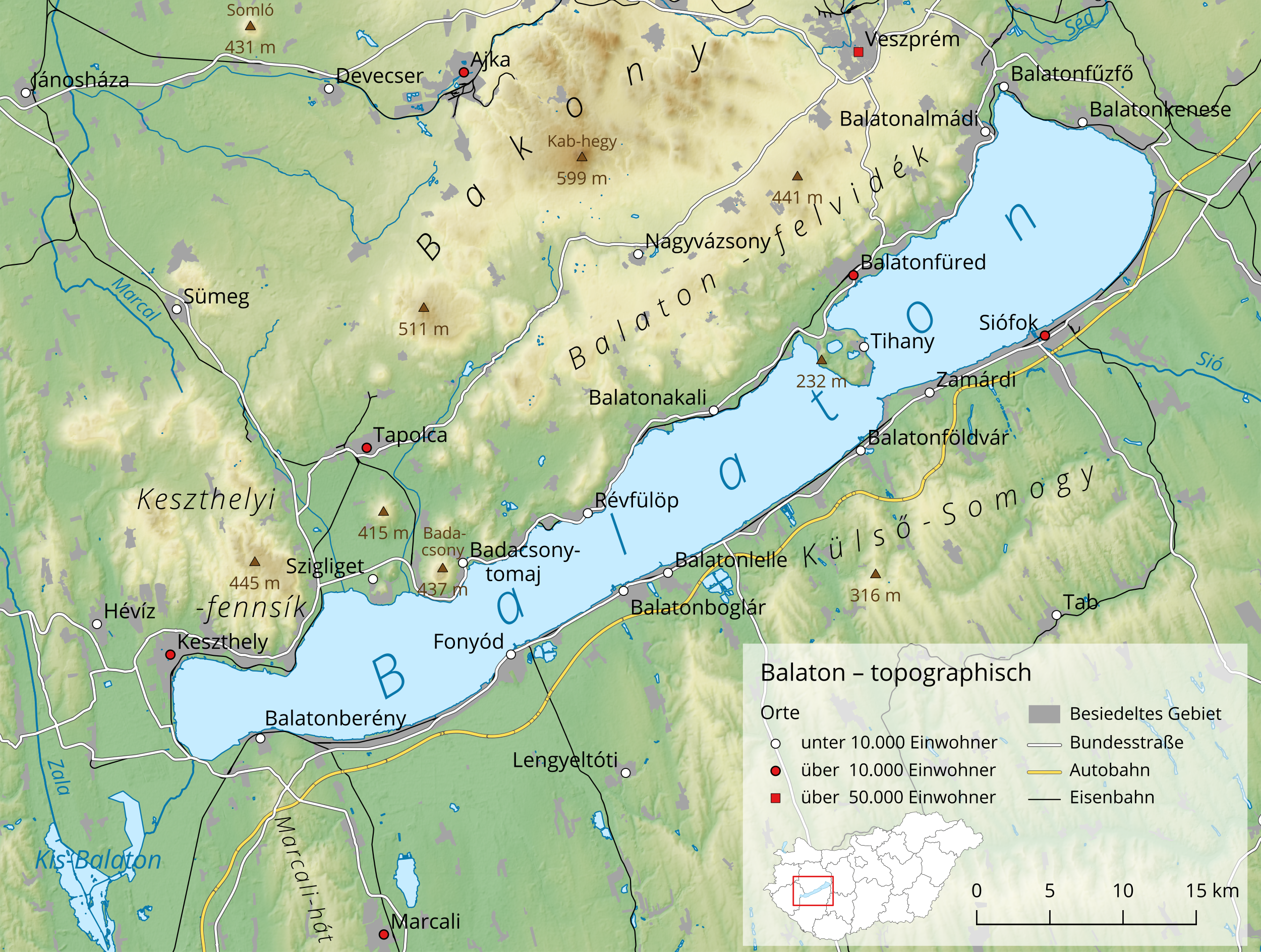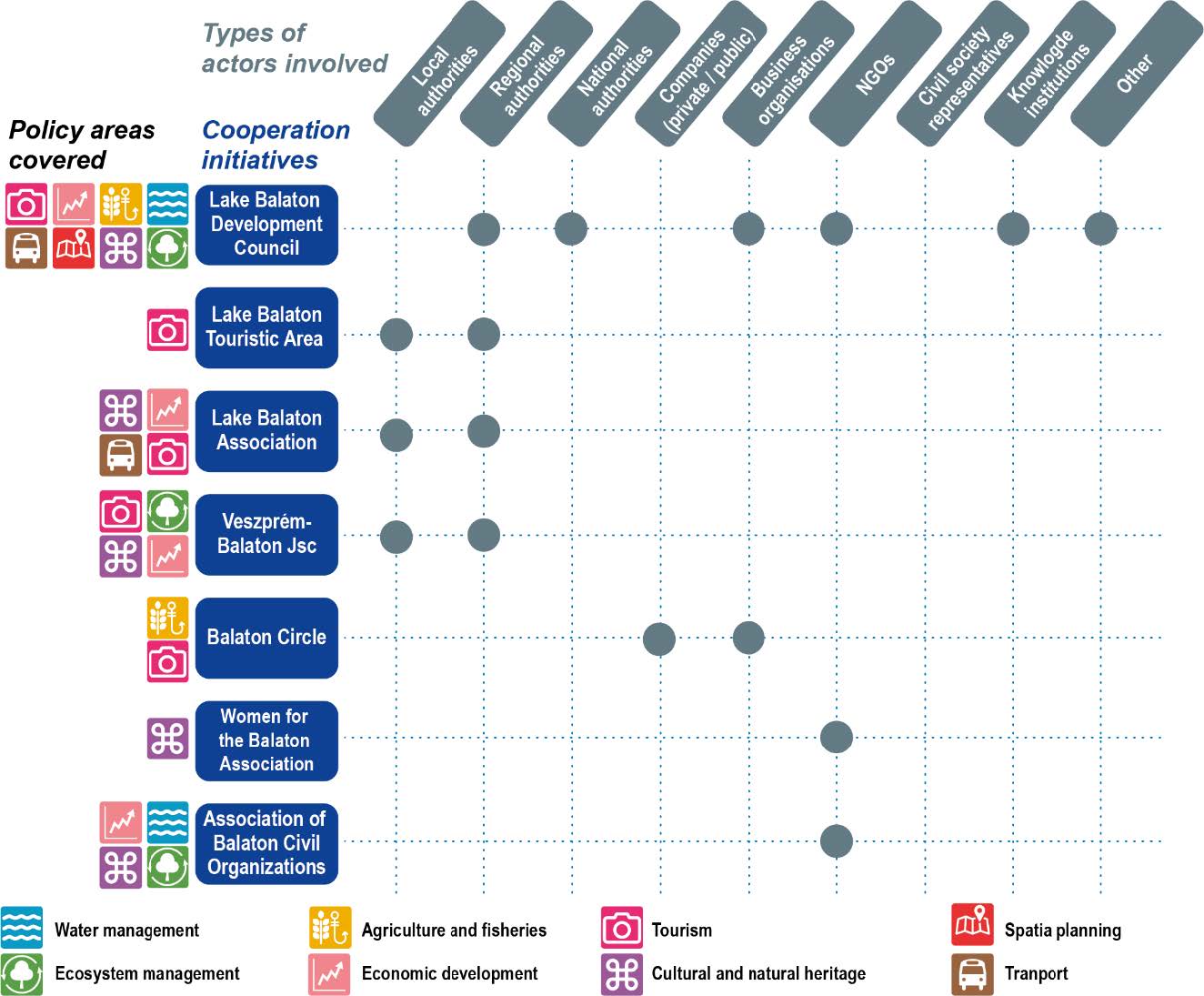New case study published at the European Urban Mobility Observatory
For several years now, Panteia has been participating on the EU Urban Mobility Observatory, an initiative from the European Commission's DG MOVE (Directorate General for Mobility and Transport) to provide solid and sound information on urban mobility. Among others, the observatory prepares case studies that showcase best practice examples of sustainable urban mobility initiatives and strategies.
Panteia participated on the preparation of the case study of the Lake Balaton regional Sustainable Rural Mobility Plan (SRMP), recently published by the European Commission

Context
Lake Balaton, Central Europe’s largest lake and Hungary’s top tourist destination, faces significant seasonal pressure on its transport and environmental infrastructure. To address these challenges, regional stakeholders developed a Sustainable Rural Mobility Plan (SRMP) tailored to the area’s unique needs. This pioneering strategy integrates active mobility, public and water transport, and land-use planning while fostering strong stakeholder collaboration. The case study offers valuable lessons for other rural and recreational regions across Europe, highlighting how sustainable mobility can enhance resilience, connectivity, and environmental stewardship in tourism-driven areas.
During the peak tourist season, the population of settlements surrounding the lake can double or even triple, placing a considerable burden on local infrastructure, natural resources, and transportation networks. The demand for mobility rises steeply during these months, leading to traffic congestion, increased pollution, and heightened pressure on the region’s environment. These seasonal pressures are particularly problematic in a region characterized by small, dispersed settlements and a lack of major urban centers, which makes it difficult to coordinate services and implement comprehensive planning strategies.


The Sustainable Rural Mobility Plan (SRMP)
In response to these challenges, local and regional stakeholders recognized the need for a more cohesive and context-sensitive approach to mobility planning. Inspired by the principles of Sustainable Urban Mobility Plans (SUMPs), but tailored to rural and recreational contexts, they developed the Lake Balaton Sustainable Rural Mobility Plan (SRMP). This plan aims to balance tourism development with environmental conservation and spatial integration. It emphasizes the creation of flexible, inclusive, and sustainable mobility systems that reflect the unique characteristics of the region.
It seeks to overcome institutional fragmentation, address seasonal demand patterns, and provide a blueprint for future development that respects both the natural landscape and the needs of the local population. In doing so, Lake Balaton has become a leading example of how rural and tourism-intensive regions can adopt innovative mobility strategies to foster sustainable growth and regional resilience.
The SRMP operates under three thematic pillars:
- Mobile Balaton, aimed at ensuring year-round accessibility and connectivity;
- Resilient Balaton, focused on managing seasonal traffic peaks and promoting system adaptability; and
- Conscious Balaton, which targets sustainable mode choices and better spatial mobility.
These pillars guided the development of practical transport and land-use measures tailored to the region’s needs:
- Active and micromobility options have been introduced. Cycling infrastructure around the lake has been significantly expanded, creating a more connected and safer network for both tourists and residents.
- Public transport services underwent substantial reform, with a comprehensive review of the regional bus timetable conducted to optimize service frequencies and connections, particularly during the high season to better align services with tourism demand patterns.
- Rail services along the lakeshore were enhanced to provide faster and more reliable alternatives to car travel. Where possible, coordination between bus and train services was improved to streamline journeys and reduce waiting times.
- Water transport, a mode historically underutilized on Lake Balaton, was targeted for revitalization. Upgrades to ferry infrastructure and services are planned, with a special focus on enhancing the Tihany–Szántód line—the only year-round ferry route.
- Road infrastructure enhancements focused on improving safety and reducing congestion at key points. Rather than building large new roads, the SRMP prioritized small-scale but high-impact measures such as roundabouts, pedestrian crossings, and intersection redesigns.
- Settlements were encouraged to adopt transit-oriented development models that place housing, services, and amenities near public transport hubs.

Transferability
The lessons learned from Lake Balaton are transferable to similar tourist-orientated rural and semi-rural regions across Europe, such as the Greek islands, Madeira, Mallorca, and Lake Constance, which face similar issues related to seasonal tourism, environmental sensitivity, and governance fragmentation. The SRMP approach provides a replicable framework for these areas, demonstrating that with the right institutional support and community engagement, sustainable rural mobility is achievable. The Lake Balaton case shows that tailored, data-informed strategies can effectively transform how rural regions manage tourism, connectivity, and sustainability.
“The case of Lake Balaton is an excellent example of metropolitan governance, where a number of actors have to align in their policy. But such type of governance in a rural setting is an emerging innovation. This case study will serve as inspiration for other similar rural areas in Europe”- Marcelo Matias, consultant transport & mobility at Panteia and case study author.
Read the full case study here: Lake Balaton – SRMP approach to tourism
Photo credits: Wikimedia Commons, ESPON, Lake Balaton Action Plan, MÁV Passenger Transport Company

